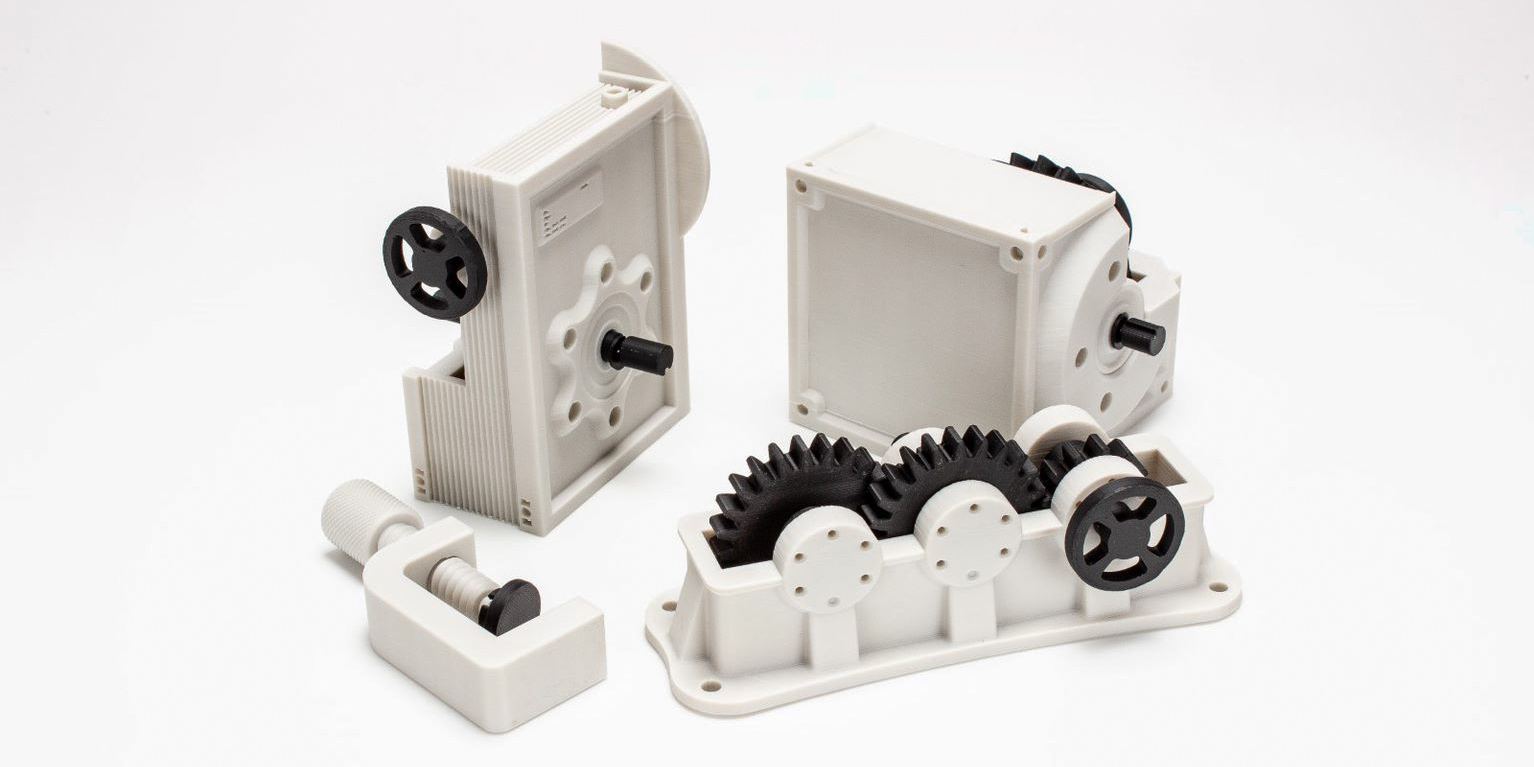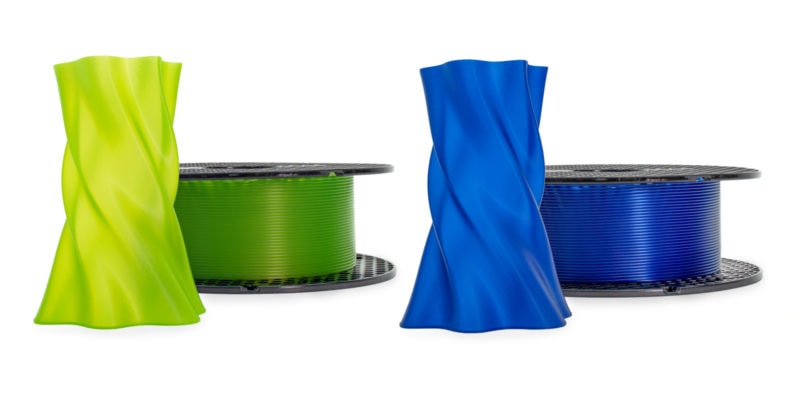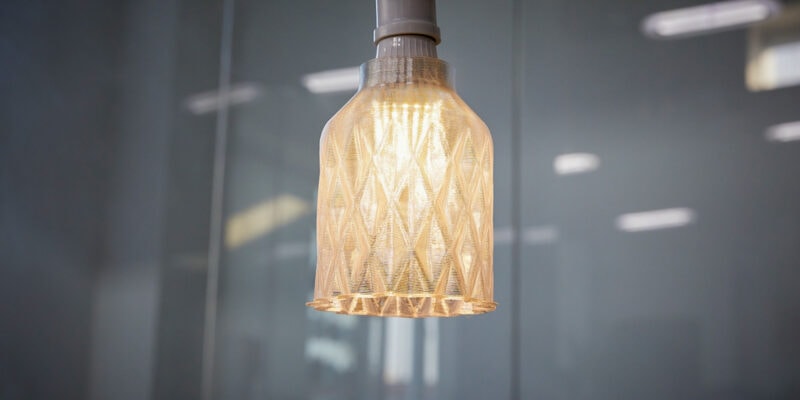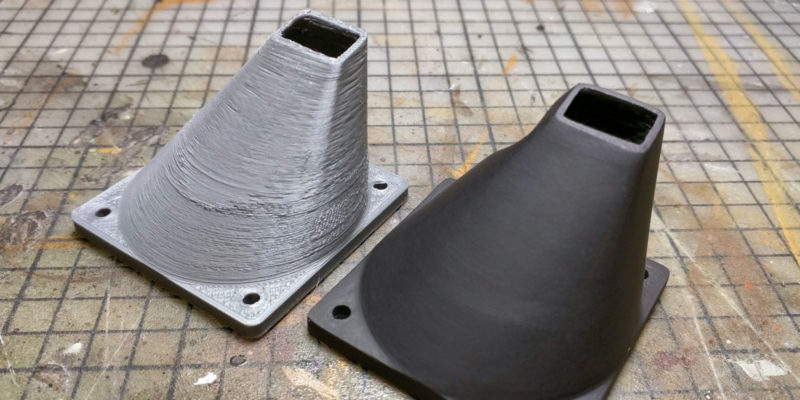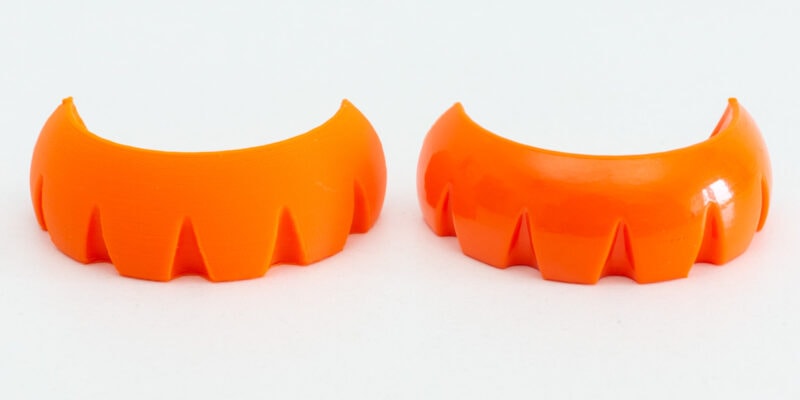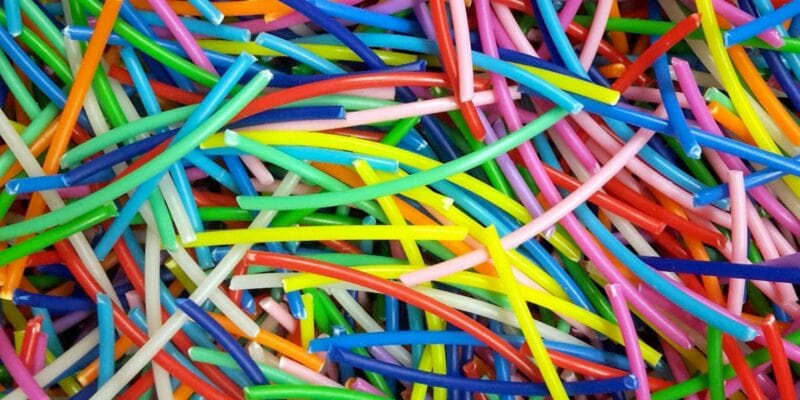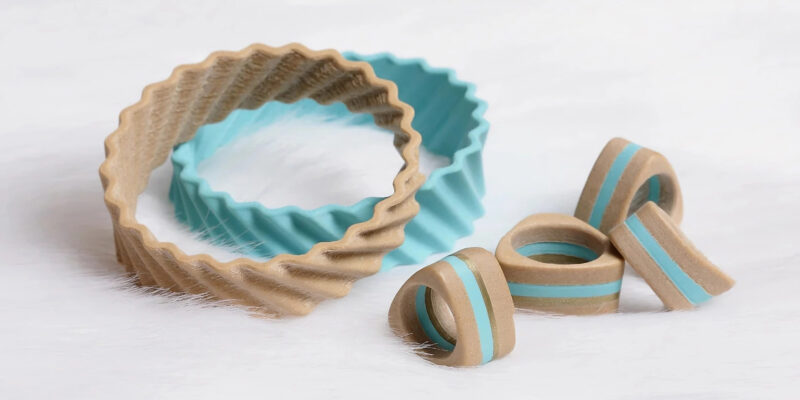Polycarbonate and PLA are two of the most popular 3D printing materials for good reason, but if you’re finding it hard to keep track of what they are and how to use them with so many other materials out there, that’s totally understandable!
That’s why we’re about to cover what PC and PLA filaments are, when you should use them, and how to get the best results!
Let’s get started!
What Are PLA and Polycarbonate (PC) Filaments?
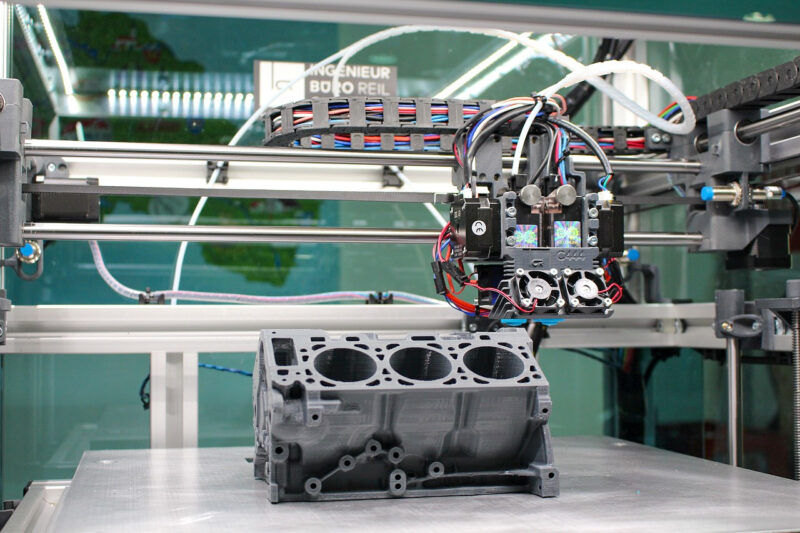
PLA (polylactic acid) is a thermoplastic made from organic materials such as corn, sugarcane, and other plant matter. It is one of the most popular filament choices for 3D printing and is well-loved by beginners for its low melting temperature and low shrinkage rate. This makes it easy to use since it does not need a fancy hot end or even a heated print bed to print.
PC (polycarbonate) is a high-performance thermoplastic. It gained its popularity in the 3D printing community for its exceptional strength and durability. It has high impact, thermal, and moisture resistance, making it a top pick for industrial and high-performance uses. Its benefits also cause it to be a more difficult material to 3D print. You’ll get the best results with a 3D printer with a heated bed, enclosure, and an all-metal hotend.
In the non-3D printing world, you can find polycarbonate used in water bottles, food containers, things like phone and computer cases, and even bulletproof glass. It’s a versatile material.
How Do PC and PLA Filament Compare?

Strength
When comparing PLA and polycarbonate filament in terms of strength, PC is the clear winner. PC has a tensile strength of 55-77 mpA, while that of PLA is 52-54 mpA. In addition, PC has high impact resistance, while PLA is generally rigid and brittle.
This means that polycarbonate performs better than PLA in applications with substantial mechanical stress and that a PC print is less likely to break when struck (such as being dropped on the ground).
Temperature
Polycarbonate is far more resistant to heat than PLA. PLA’s glass transition temperature (the temperature at which a polymer changes from solid to rubbery) is about 60°C, while that of polycarbonate is approximately 150°C. This means that PC can handle temperatures about two and a half times greater than PLA before it starts to deform.
Moisture
Both PLA and polycarbonate filaments are hygroscopic. They both absorb moisture from their surroundings and can have significant print issues if they are not stored properly.
Studies have measured how much moisture they absorb when submerged in water to understand how they perform. PC absorbs between 0.1-0.2% of its own weight in water after 24 hours, while PLA absorbs about 0.7%-0.9% of its weight.
While these filaments will likely never reach those levels under normal conditions, it shows that PLA takes on moisture faster than PC and can hold more water before reaching its saturation point.
Printability
In terms of their ease of 3D printing, it’s considerably more difficult to print polycarbonate parts than PLA parts. Because PC filament requires higher temperatures, you need a heated print bed, an all-metal hotend, and an enclosure to use it properly.
In addition to having a high tendency to warp, polycarbonate filament needs its odors and VOCs vented. If you want to 3D print with it near your living space, you’ll have to make some accommodations.
PLA, on the other hand, is arguably the most easy material to 3D print with. It doesn’t warp much, doesn’t give off much odor or VOCs during printing, and doesn’t need a heated print bed. You also won’t see much benefit from an all-metal extruder or enclosure to get great results on your final print.
When Should You Use Polycarbonate Filament?
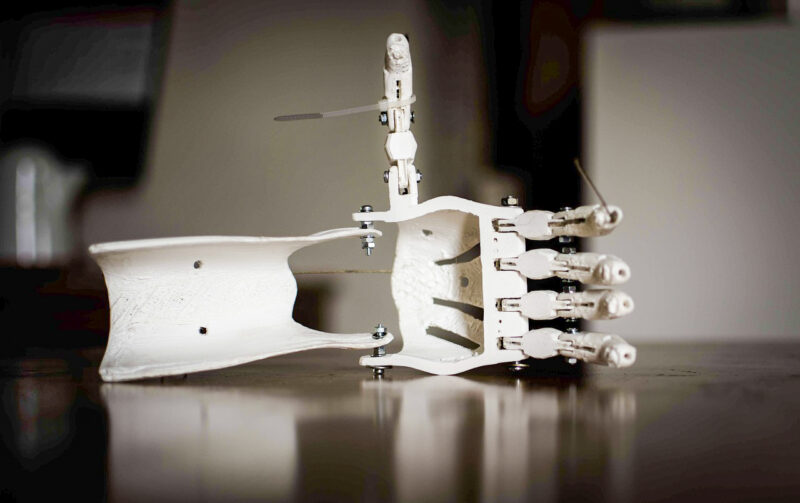
PC is one of the strongest 3D printing filaments available, so it is best used for parts that need to withstand high mechanical stress or frequent impacts, such as hinges, bearings, electronics casings, functional prototypes, and parts for robots, drones, and RC vehicles. It’s also a great material for outdoor use and high-temperature environments.
Because polycarbonate filament is so difficult to print with, it probably shouldn’t be your top choice unless you need the resulting 3D print to be extremely durable.
When Is It Better To Use PLA?
PLA filament is a great option for rapid prototyping or creating decorative and/or low-impact and low-load-bearing parts. It’s more time- and cost-effective to use PLA filament for everyday prints since it is cheaper and easier to use than polycarbonate filament. PLA works great for 3D printing home decor, toys, props, and novelties.
Final Thoughts on Polycarbonate vs PLA
Polycarbonate filament is one of the strongest 3D printing materials on the market with excellent tensile strength, impact resistance, and heat resistance. However, it’s difficult to 3D print thanks to its high temperatures and shrinkage rate. PLA filament is easy to use and doesn’t require any special printer parts to work, but it isn’t very impact or heat-resistant.
They both have different uses that make them unique. When choosing the right material for 3D printing, think about what you need. Do you want durable parts with great impact and tensile strength? Then, a high-quality polycarbonate filament would suit your needs. Or do you want a basic part with average tensile strength and easy printability? A PLA material should be more than enough to fill your 3d printing needs.
Have you used polycarbonate filament with success? Tell us about it in the comments below!
